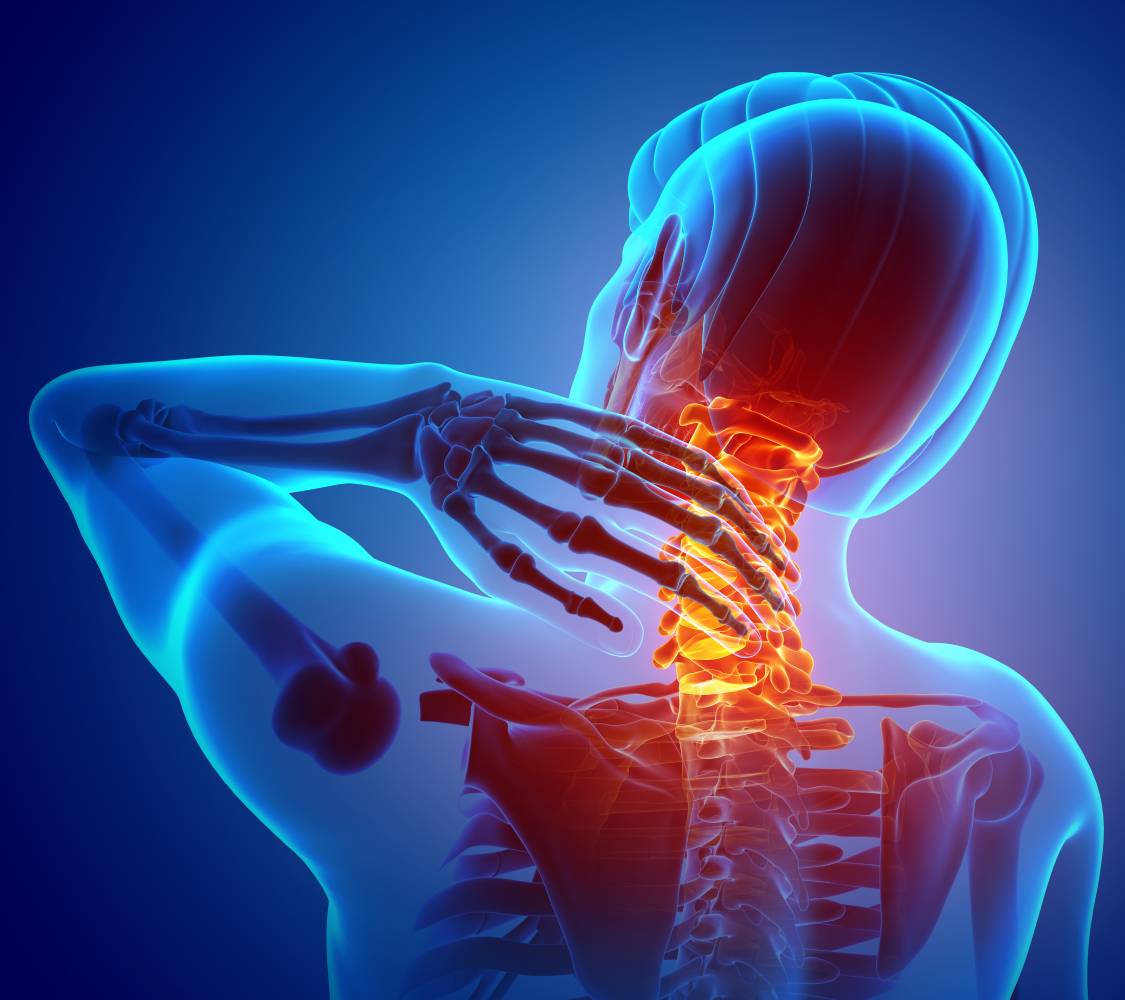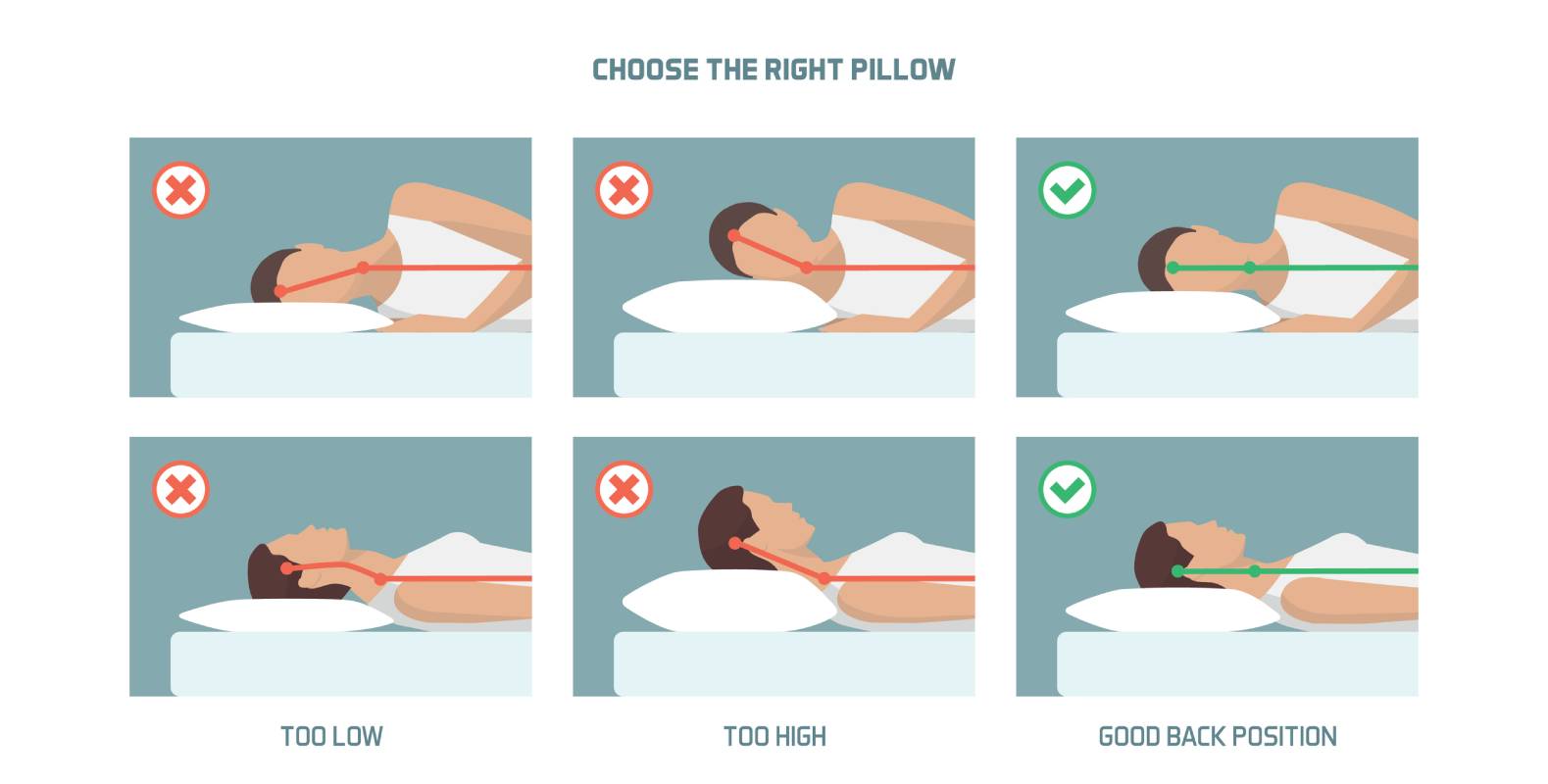Testosterone is one of the more famous hormones, mainly known for its crucial role in male puberty and reproduction. During puberty, adolescent males experience a surge in testosterone, which induces key physiological changes such as growth of facial/pubic hair, deepening of voice, increased muscle mass, bone growth, and sperm production.1 Following puberty and throughout the reproductive period, testosterone is responsible for maintaining libido and overall sexual function.1 Lack of testosterone, either due to a medical condition or as part of a willful gender transition, can lead to physical symptoms of demasculinization and loss of sexual function/sperm production. Despite the reputation of testosterone as a “male hormone,” people of both sexes require testosterone to maintain good health.
Testosterone, within certain levels, is a normal part of female physiology and health. In fact, the ovaries produce 100-400 µg per day, which is 3-4 times the amount of estrogen (the parallel “female hormone”) produced.2 Testosterone’s role in driving female sexuality has been well documented: like in men, it is a key contributor to libido, arousal, and orgasms.2 Moreover, it is thought to work synergistically with estrogen to promote adequate bone density and muscle mass.2 A decrease in the levels of both estrogen and testosterone associated with menopause are thought to contribute to adverse symptoms. In fact, research showed that a surgically-induced menopause (oophorectomy) decreased testosterone levels by as much as 50 percent within only a few days.3 This drop was associated with a number of negative changes in mood, energy level, and overall well-being. Testosterone treatment, or exogenous replacement of testosterone following an oophorectomy, has shown promise in mitigating some of these effects when used in parallel with estrogen treatment.4,5
Men experience a more graduate decline in testosterone levels (an approximate 1 percent decrease per year) over time, starting at around the age of thirty.6 Decreased testosterone levels in men can also be linked to obesity or other comorbid health conditions that affect androgen production.6 Physicians will often look for symptoms of low sex drive or chronic fatigue when diagnosing male hyperandrogenism.6
While inadequate testosterone in both male and female patients has been associated with a number of undesirable changes in health, elevated levels outside of the context of hormone replacement therapy have similarly striking implications, particularly for women. High levels of testosterone in women are associated with increased masculinization, acne, hair loss, mood disorders, and weight gain or inability to lose weight. These changes can also result from exogenous steroid use. Elevated levels of endogenous testosterone in both men and women can be indicative of a number of different conditions, including malfunction of the adrenal gland, ovarian or testicular tumors, polycystic ovary syndrome, and hirsutism.7 Some of these conditions are surprisingly common: for example, polycystic ovary syndrome is estimated to affect between 4-20 percent of women of reproductive age worldwide.8
As with all hormones, testosterone only contributes to overall health and wellbeing when levels are regulated and in balance. For patients who are experiencing relevant symptoms, or for those who are older and experiencing declining reproductive hormones, checking testosterone levels may prove a helpful diagnostic tool.
References
1 Testosterone – what it does and doesn’t do. Harvard Health. (2019, August 29). Retrieved January 17, 2023, from https://www.health.harvard.edu/medications/testosterone–what-it-does-and-doesn’t-do
2 Panay, N., & Fenton, A. (2009). The role of testosterone in women. Climacteric : the journal of the International Menopause Society, 12(3), 185–187. https://doi.org/10.1080/13697130902973227
3 Davison, S. L., Bell, R., Donath, S., Montalto, J. G., & Davis, S. R. (2005). Androgen levels in adult females: changes with age, menopause, and oophorectomy. The Journal of clinical endocrinology and metabolism, 90(7), 3847–3853. https://doi.org/10.1210/jc.2005-0212
4 Kingsberg S. (2007). Testosterone treatment for hypoactive sexual desire disorder in postmenopausal women. The journal of sexual medicine, 4 Suppl 3, 227–234. https://doi.org/10.1111/j.1743-6109.2007.00449.x
5 North American Menopause Society (2005). The role of testosterone therapy in postmenopausal women: position statement of The North American Menopause Society. Menopause (New York, N.Y.), 12(5), 496–649. https://doi.org/10.1097/01.gme.0000177709.65944.b0
6 Cleveland Clinic (2022, October 20). Why are testosterone levels declining? Retrieved January 17, 2023, from https://health.clevelandclinic.org/declining-testosterone-levels/
7 TTFB – Overview: Testosterone, total, bioavailable, and free, serum. TTFB – Overview: Testosterone, Total, Bioavailable, and Free, Serum. (n.d.). Retrieved January 17, 2023, from https://www.mayocliniclabs.com/test-catalog/overview/83686#Clinical-and-Interpretive
8 Deswal, R., Narwal, V., Dang, A., & Pundir, C. S. (2020). The Prevalence of Polycystic Ovary Syndrome: A Brief Systematic Review. Journal of human reproductive sciences, 13(4), 261–271. https://doi.org/10.4103/jhrs.JHRS_95_18









